Saint of the Day – 4 November – St Charles Borromeo (1538-1584) Archbishop of Milan, Cardinal, Doctor of Theology, Civil and Canon Law, Reformer, Founder of Seminaries. He is known as the “Father of the Clergy” Born Count Carlo Borromeo on the morning of Wednesday 2 October 1538 in the Castle at Aron, Diocese of Novara, Italy and he died at 8:30pm on 3 November 1584 of a fever at Milan, Italy. His will named the Hospital Maggiore of Milan as his heir. He is buried in the Metropolitan Cathedral of Milan – the famous and breath-taking “Duomo Milan.” His Relics were transferred to a Chapel built by Count Renato Borromeo in piazza San Maria Podone, Milan on 21 September 1751. St Charles was Beatified in 1602 by Pope Clement VIII and Canonised on 1 November 1610 by Pope Paul V. Patronages – • against abdominal pain • against intestinal disorders • against ulcers• apple orchards• Bishops, Priests, Seminarians • Catechists• Catechumens• spiritual directors• spiritual leaders• starch makers• 3 Dioceses• 3 Italian Cities. Attributes – • cardinal wearing a cord around his neck; it symbolises the cord or halter worn around his neck during the plague of Milan, Italy in 1575 • bishop wearing a cord around his neck • cleric curing the sick • Holy Communion • one hand raised in blessing, thus recalling his work during the plague • coat of arms bearing the word Humilitas (Humility) his emblem.


Count Carlo/Charles was born into the highest echelons of Renaissance life. The nephew of Pius IV, he was destined for great things in the Church. His successful career demonstrates the positive possibilities of Renaissance political life. Given every chance at success by his lineage and connections, he seized each opportunity and turned it to the service of God, the Church and his people. While many with similar chances squandered their advantages, Charles showed that such assets should not be guiltily eschewed or be a cause of embarrassment, so long as they are put to the service of the Good, the True and the Beautiful.

Charles was prepared for his later career by his aristocratic responsibilities, becoming a skilled administrator and diplomat at a very young age. At the same time he tirelessly pursued his studies, becoming a Doctor utriusque Iuris (a Doctor of both Civil and Canon Law) at 21 years old. With the accession of his uncle to the throne of Peter, he was called to Rome and immediately was created a cardinal-deacon. Such a position was advantageous because he became one of the closest associates of the pope, with all the dignity of a cardinal but without the responsibility for care of souls. He reformed the city of Rome and the Papal States thoroughly and was given increasing responsibilities. The papal curia was purified by his example of holiness and sobriety. He cultivated the friendship of other saints, such as Philip Neri and together they provided the pattern for a renewed curia. He gathered a circle of learned friends around him and sponsored literary, academic and musical activity, being in particular a patron of Palestrina.
For his handling of the delicate negotiations needed for keeping the Council of Trent from falling apart, Charles was awarded with the see of Milan. He began to shift his focus as well, for he had experienced a deep spiritual conversion as the result of the untimely death of his elder brother and dedicated the rest of his life entirely to the good of his people and his Church. Being one of the most famous and largest sees in Christendom, Milan was a microcosm that displayed both the grandeur and the corruption of Renaissance Catholicism.
Charles set about immediately implementing the reforming decrees of Trent. Had other bishops swiftly implemented the decrees, as Charles had, the damage from the Reformation may have been mightily checked. In any case, he found a diocese filled to the brim with time-servers, beneficed layabouts and outright corrupt and vile clergy. He set out for a purification. He set the tone with his mighty motto Humilitas and he began to demonstrate one of the most powerful roles in all of Church history: that of a holy bishop. Charles knew that the mission of the Church to convert the nations and to win back the Protestants must begin at home. The Church must be reformed from within, before she could bear effective testimony without.
He was convinced that the heart of the problem was the abuses caused, intentionally or not, by ignorant clergy. Corruption was comparatively easy to root up but the wholesale re-education of the clergy was a project for generations. To this end he set up the massive seminary of San Pietro Martire on the site of that saint’s murder in Seveso. It was to be the prototype of the professionalisation of the clergy that would set a pattern for the rest of the Catholic world, one of the most significant developments in the last 500 years of Catholicism. He knew that care of priests was essential before the laity could be properly educated and cultivated. Here is a link to Pope Francis’s visit to the St Charles Borromeo Seminary – https://www.youtube.com/watch?v=495XzwybBS0
Doctrine was at the heart of his pastoral ministry. Trent had codified dogma and made it the basis of its reforming decrees. Charles carried this message that the truth itself was the best foundation of pastoral ministry. He reformed recalcitrant monks and nuns, calling them back to fidelity to their oaths and vows, rather than tolerating their laxity. Indeed one decadent member of the order of the Humiliati even tried to assassinate him at prayer, firing a point blank shot that miraculously left him nearly unharmed. He himself was one of the saints in charge of the Roman Catechism and the founder of the concept of Sunday school for lay children, educating them in the rudiments of the Catholic faith. He brought to the streets of Milan, Truth incarnated as a person, both in the Blessed Sacrament and in his life of imitating Christ. There was no divorce between his pastoral and doctrinal responsibilities, such a novel idea would have been treated by him as the worst form of heresy. For Charles, Christ the Merciful was Incarnate Truth itself.
He retained a simple devotion to Our Lady of Loreto and ministered personally to the plague victims of the city, spending his personal fortune for their relief and walking barefoot in sackcloth and ashes in penance for them before God. Yet at the same time he never forgot his office as a prince of the Church and the Successor of the Apostles. He repeatedly challenged the secular authorities who sought to circumscribe the liberties of the Church. He personally went to Santa Maria della Scala, to receive their obedience after they had appealed to the secular authority over him. He came in full pontifical regalia, bearing the crucifix, and pronounced a public excommunication at their door. A supporter of the disobedient church fired a shot at him, which was blocked only by the Cross of Christ he bore. He tirelessly traveled to the rural areas of his diocese, especially the Alpine valleys that suffered under heresy. To the peripheries he went—areas ignored by his noble predecessors—but Charles did not go there to confirm the people in their error, he came to bring the freedom of Truth. He took his duty of visitation seriously, removing the corrupt, correcting the erring and ensuring the proper celebration of his beloved Ambrosian rite.
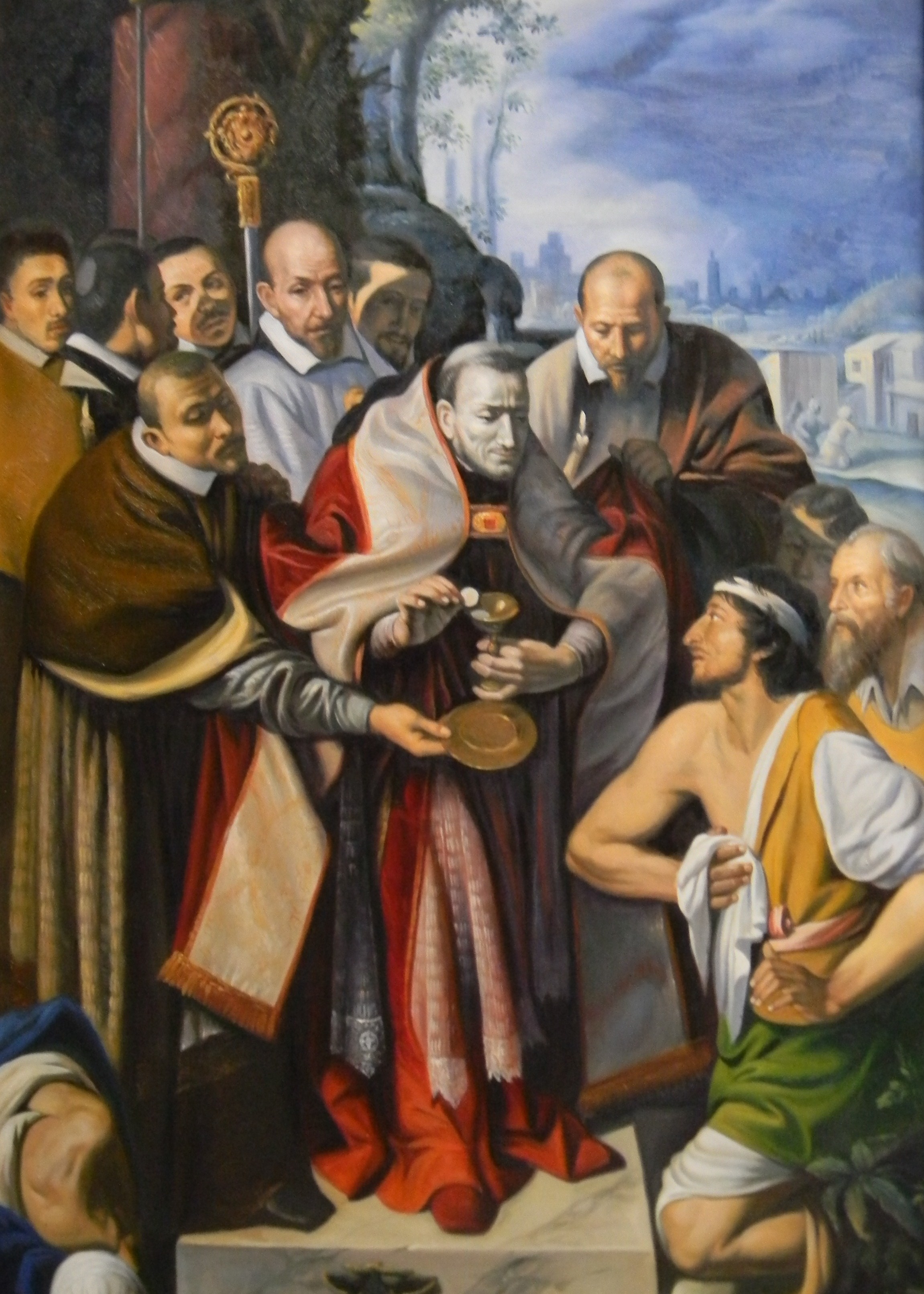

He was a friend and confrere to many of the saints of the Catholic Reform, St Francis Borgia, St Philip Neri, Bl Bartholomew of Braga and many others, having a special predilection for the English priests who would later be martyred. His solicitude for the liturgy was exceptional, knowing it to be the key to the spirituality and doctrinal fidelity of the laity. Indeed, once he wanted to bless a cemetery but abandoned the idea when he discovered he did not have the requisite pontifical vestments. The service of God demanded the very best at all times. On his deathbed, he forbade the saying of Holy Mass in his room, considering it unfit for the sacrifice of the Mass and insisted on being vested in Rochet and Stole for the reception of his Viaticum. This was no violation of Humilitasbut rather its highest expression: utter, complete and humble service to his position as the successor of St Ambrose. He lived simply, devoutly and penitently but when he executed his office he bore the weight of tradition, history and doctrine.
Charles was beloved by his people of Milan and was respected by all throughout Europe, being rapidly canonised in the year 1610. His life demonstrates the fallacy implied by the words of a contemporary cardinal, who declared that mercy and doctrine were equal parts of revelation. Charles would have known that such a statement was nonsensical and opposed to the definitions of Trent (and Vatican II for that matter). He would gently correct his colleague. Mercy is part of the doctrine of the Church but, more to the point, the whole and complete doctrine of the Church is mercy for a fallen humanity. Truth is mercy; error is slavery. St Charles demonstrates for us that the Church needs reform in every age but it must be a reform that results in a re-conformation to the Face of her Founder. May the example of the holy bishop of the Counter Reform (who kept an image of Sts Thomas More and John Fisher on his person) animate those who would make novel arguments contrary to the faith of Christ.
St Charles Borromeo, Father of the Clergy, pray for us all!

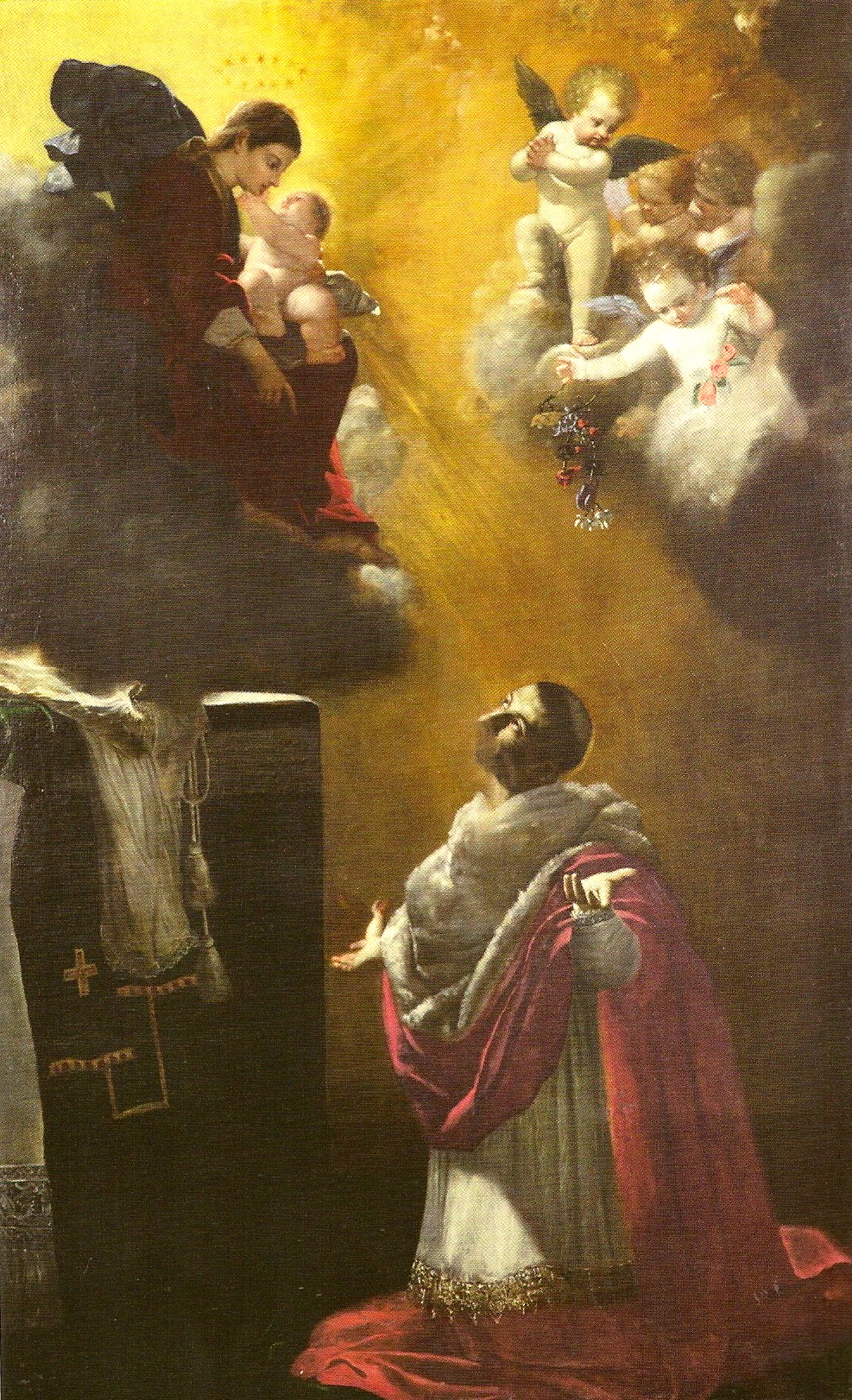








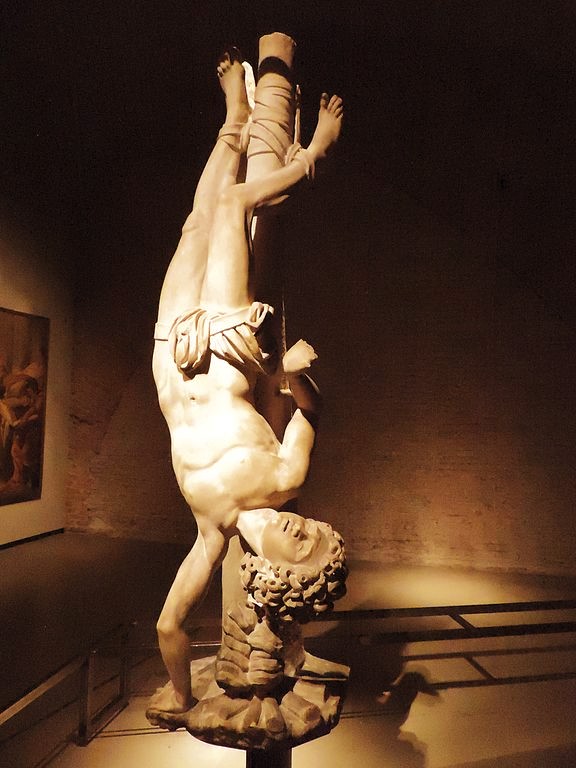
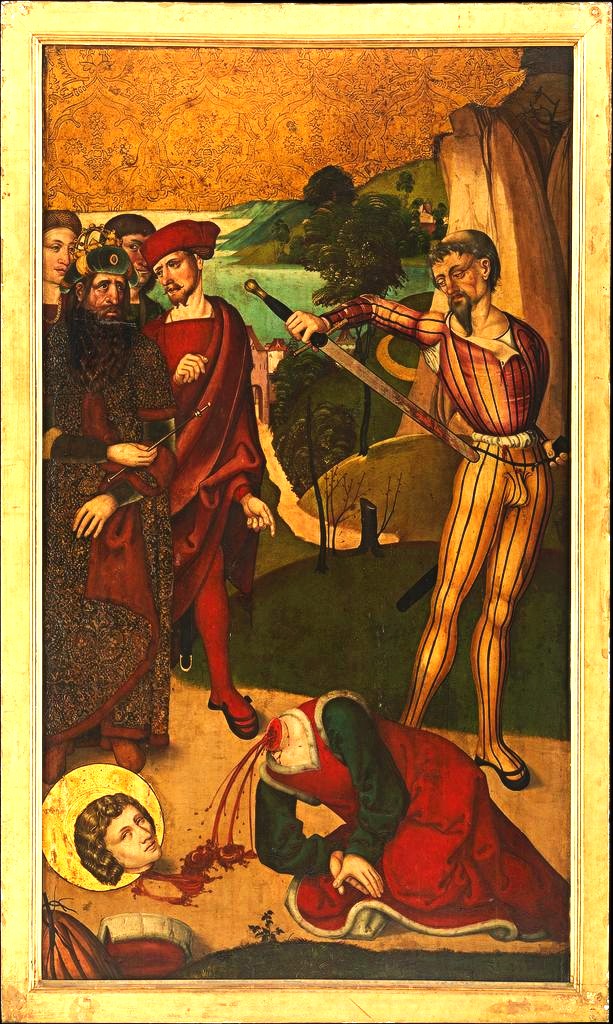





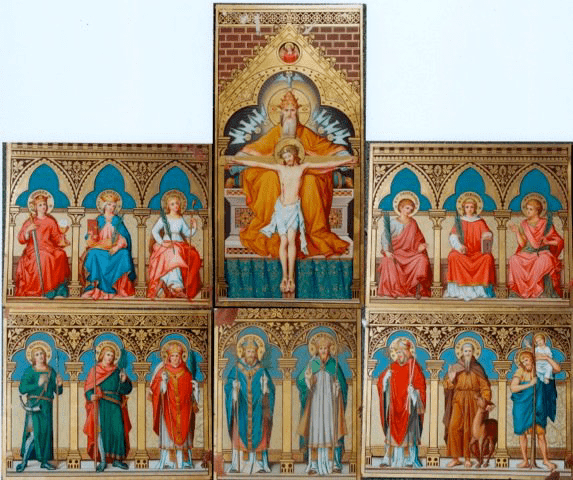






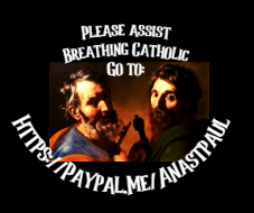






































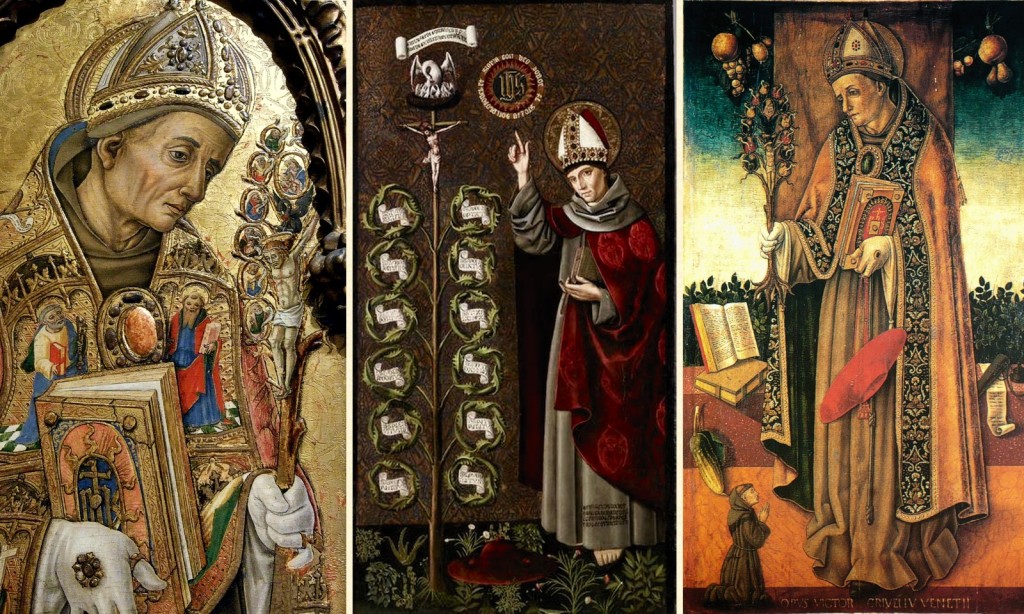






You must be logged in to post a comment.